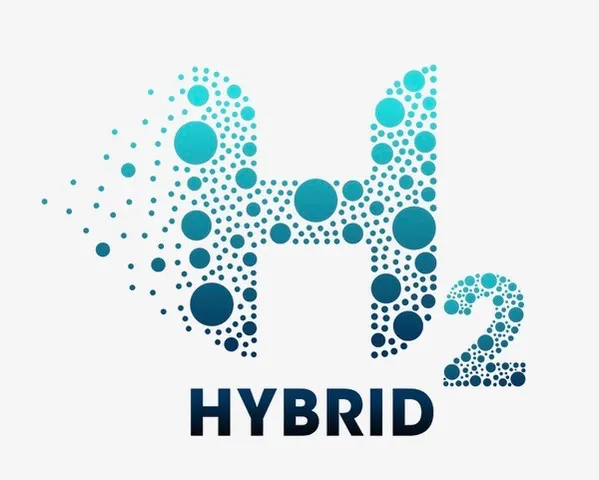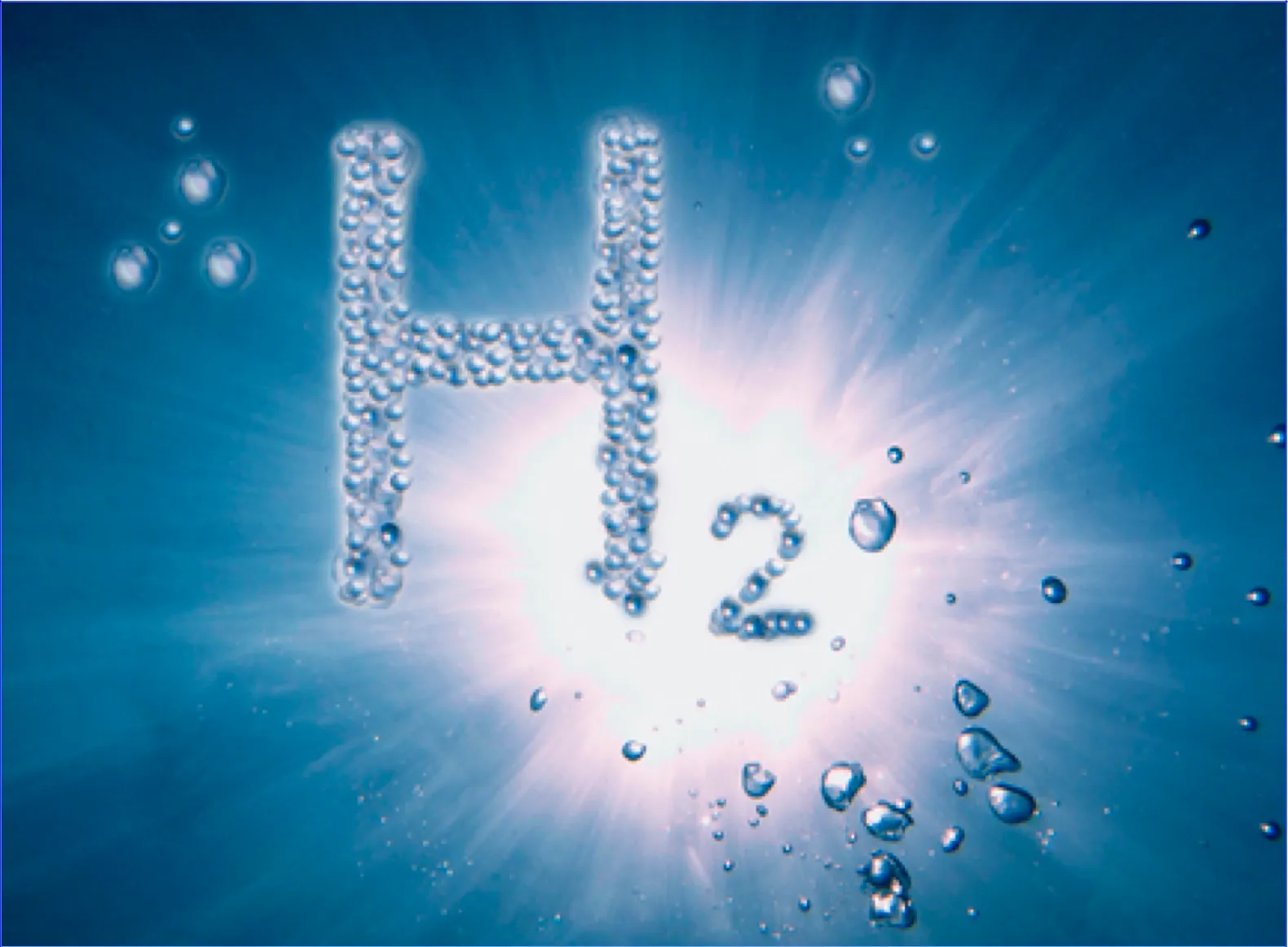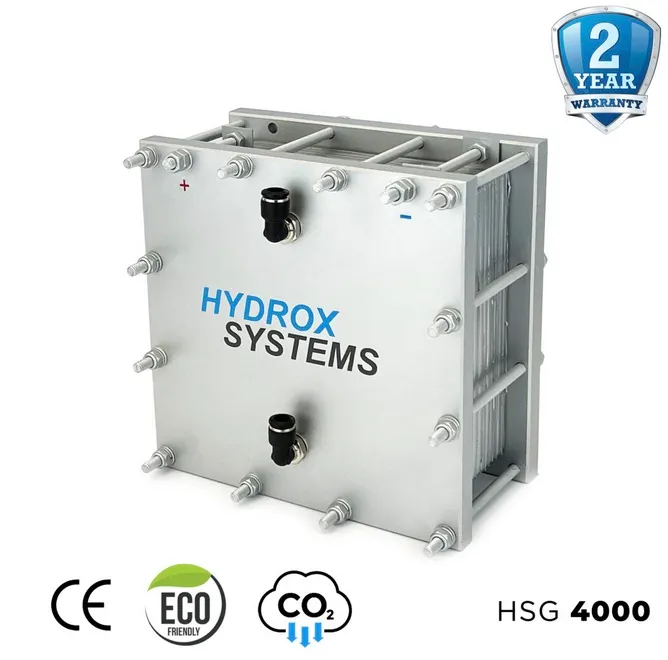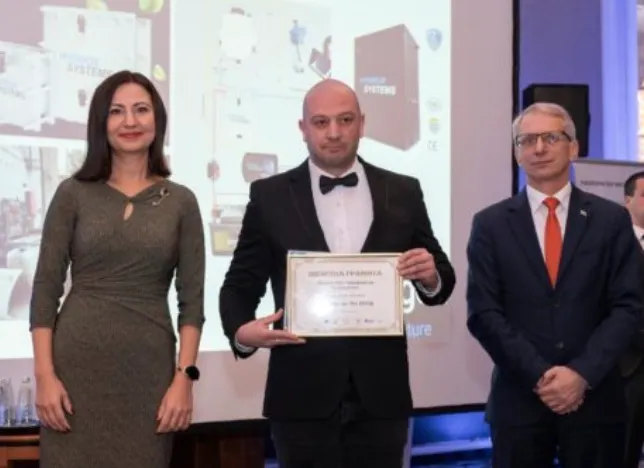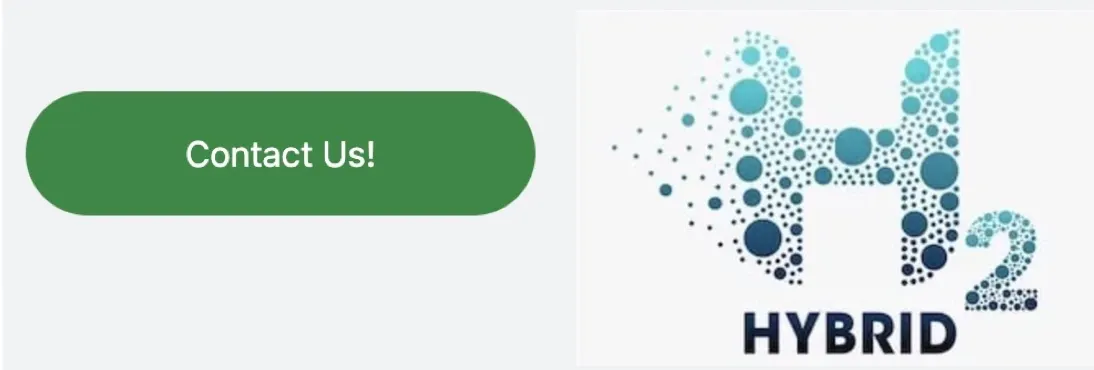Hydrox Systems HHO kits
Key benefits of this hybrid tech
We named our distribution company H2-Hybrid Australia because HHO presents a practical and affordable step towards a pure hydrogen-powered future.
You get increased performance from your existing hydrocarbon-burning engine. We name the gas that our kits produce “HHO” because the system supplies a stream of hydrogen and oxygen (gaseous HHO) to enrich the fuel mix of internal-combustion engines.
When hydrogen burns with a petrol or diesel fuel enriched with oxygen there is a more complete burn. This has advantages in efficiency. The engines of cars and trucks run cleaner with a stream of HHO added; they have increased torque, and use less of the main fuel source.
Apart from running cleaner, engines running on a hydocarbon/HHO fuel mix run cooler, and quieter; they leave no build-up of carbon deposits in the cylinders, intake and exhaust valves. Maintenance costs are lower and engine life longer. Once you switch to supplemental hydrogen, you will experience enhanced power and performance in your vehicle.
How is the hydrogen supplied?
We do not store it on the vehicle; it is made on demand while the engine is running by the on-board Hydrox Systems generator from a supply of demineralised water and electrolyte enclosed in the HHO kit.
This dry cell generator draws low-voltage electricity from the vehicle’s electrical system to split water into its constituent elements, the gases hydrogen and oxygen, that are then supplied directly to your engine’s air intake.
The amount of gas produced and the amperage drawn is regulated by pulse wave modulation in order to optimise performance and fuel saving.
In this video clip Angel Ivanov, developer of the fuel-saving and emission-reduction kits, demonstrates of how the gases from water are generated:
A kit to suit your vehicle
We have compact kits to suit various engine sizes. Installation, with wiring to the ignition, requires no modification to existing petrol and diesel engines.
All components of the kits are made in Europe of high-quality materials and meet strict European Union standards.
Some people ask: What is the difference between a new or used H2 Hybrid-augmented vehicle and a hybrid electric vehicle?
Answer: All are powered by carbon-based fuels. But our solution, licensed to us exclusively by Hydrox Systems, reduces more of the internal-combustion emissions of CO, HC, NOX, CO2 and N2 while saving you a wad of money.
As the biggest gas guzzlers on our roads with the most mileage are undoubtedly heavy vehicles, truckers and bus companies have the most to gain in fuel saving from installing H2-Hybrid’s self-contained plug ’n’ play models.
Other big winners from adopting our hybrid technology will be owners of light commercial vehicles – delivery vans, pickup trucks (Utes) – and certainly sports utilities (SUVs). These kits and their installation are described with videos on the Light Vehicles Systems page.
How can water-splitting release net energy?
Another name for HHO is “Brown’s Gas”, named for Australian inventor Yul Brown who “produced fire from water” (see next section). When you split water electrically you get hydrogen and oxygen forming in the ratio of 2:1 at their respective electrodes where they can be collected. Brown built generators to combine them with a major saving in efficiency, which led to the discovery of a third gas forming between the electrodes.
And this gas may contribute as much as 30 per cent of the energy of the mixed gases. There is more to Brown’s Gas therefore than hydrogen and oxygen output in the ratio of 2:1 that Faraday analysis equations assume.
Brown’s Gas pioneer George Wiseman calls this gas electrically expanded water (ExW); it’s a combustible negatively charged or “cold plasma” form of water in a mix that also contains water vapour (H2O), diatomic hydrogen and oxygen (H2/O2), monatomic hydrogen and oxygen (H+/O-).
Hydrogen systems using a membrane to separate the gases lack this energetic plasmoidal form of water. They do not make Brown’s Gas. No wonder their critics say they don’t do much. Whatever molecular hydrogen can do, Brown’s Gas does better.
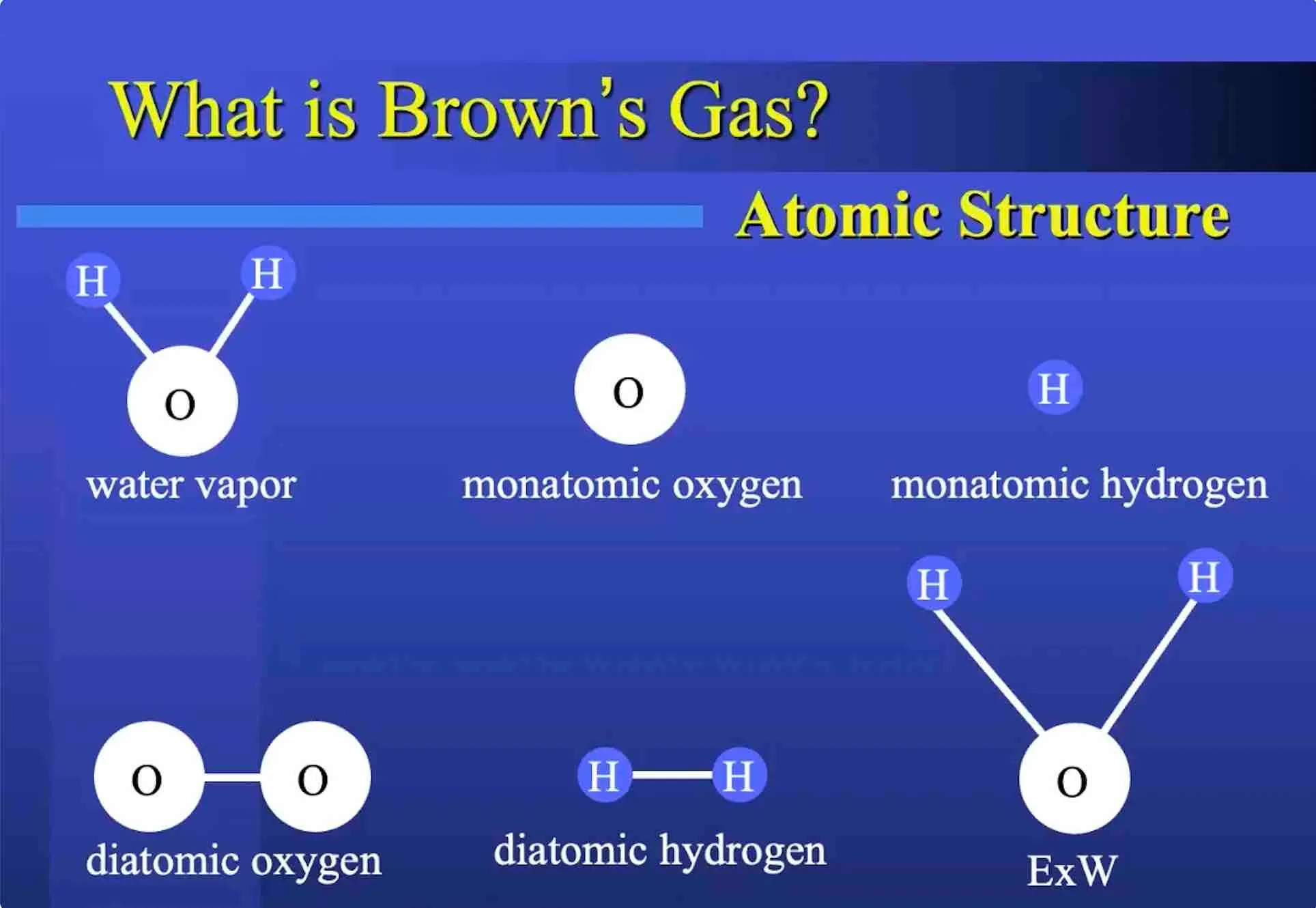
Diagram courtesy eagle-research.com
Yul Brown: inventor who 'made fire from water'
Before George Wiseman, whose focus today is on therapeutic uses of Brown’s Gas, came Yul Brown.
Born Ilia Valkov in Bulgaria in 1922, he was attracted to technology from a young age. After serving in the Bulgarian Navy he studied electrical engineering at Sofia Polytechnic, but after the communist military coup of September 9, 1948, he was imprisoned as an enemy of the state for tuning into foreign radio stations (Radio Free Europe).
He escaped in 1952 to Turkey but was and again imprisoned. He was released with the help of the US Army intelligence services and the personal involvement of one Major Brown.
For his new surname Ilia Valkov took his liberator’s last name, and his first name from the novel The Mysterious Island by Jules Verne in which Verne proposed the idea of using water as a fuel – inspiration for Yul’s life’s work in Australia, where he arrived in 1956 as political refugee.
Yull Brown graduated from the University of NSW as an electrical engineer and worked for several major companies in the 1960s.
His 1974 patents describe a new method and apparatus utilising the properties of Brown’s Gas whereby hydrogen and oxygen can be generated quickly, conveniently and more cheaply from water for immediate use and at higher temperatures in welding and metal cutting.
Brown’s well-equipped laboratory in Sydney included a dynamometer for testing car engines modified to run on Brown’s Gas.
The staff of Electronics Australia magazine in 1978 investigated and were impressed.
Hydrox Systems has come up with a compact means of supplying Brown’s Gas with no engine modification required. Production is based in Sofia, Bulgaria, where Yul Brown is now celebrated as the man who made fire from water. A remarkable demonstration of the electrical potential in water can be seen here.
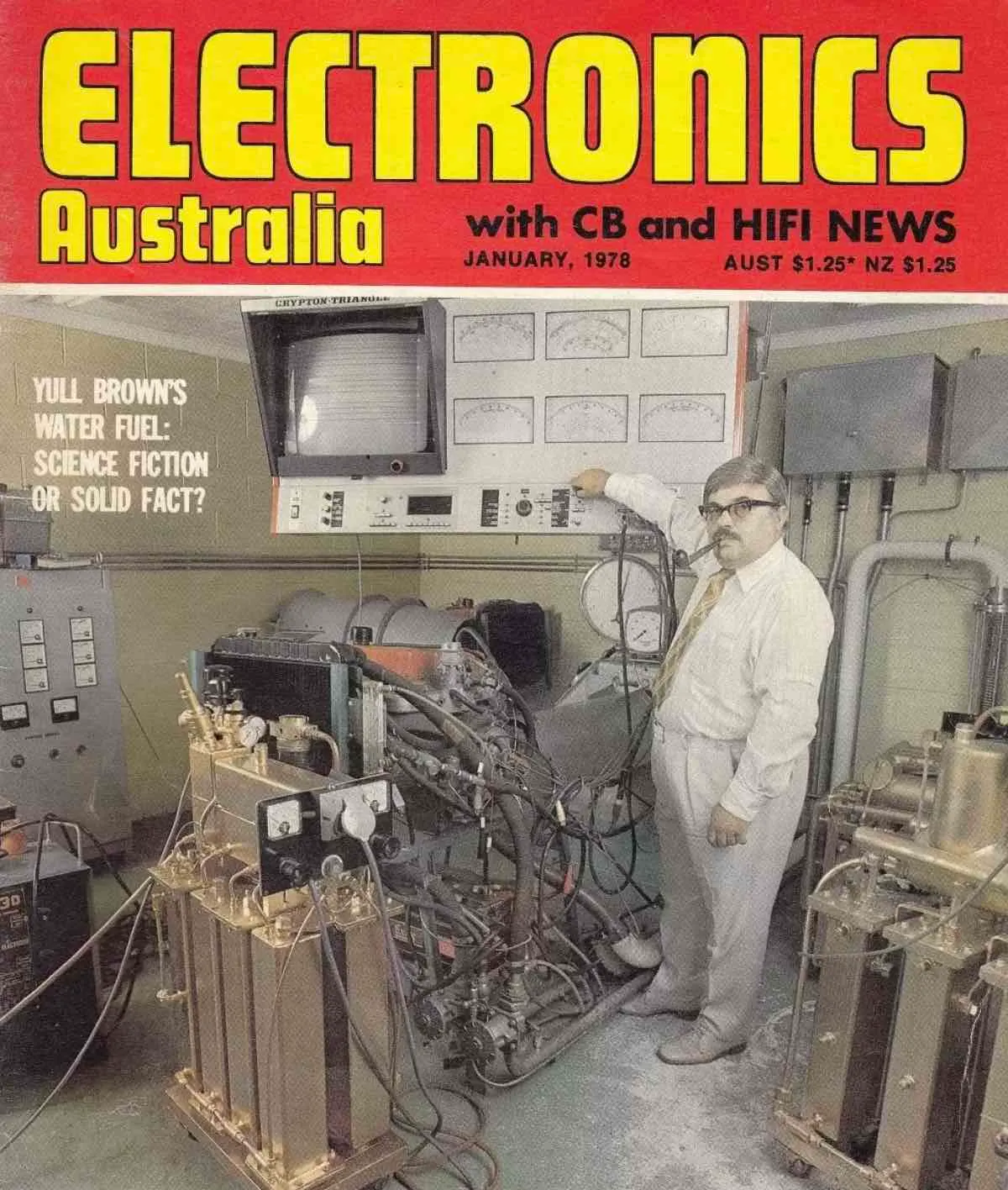
Cover of Electronics Australia magazine, January 1978
Europe's winner for greentech innovation
Hydrox Systems won the 2023 “green technologies” Innovative Company of the Year Award sponsored by the European Union.
The award is a tribute especially to the hard work and ingenuity of Hydrox Systems developer Angel Ivanov who has financed and spent years testing materials and selecting the best to transform inefficient internal combustion engines into high-performance, low-emission engines.
The HHO dry cells, bubblers, tanks and electronics are world-best technology, made from materials of certified origin and quality.
Examples are the HHO generator’s stainless steel plates of 31L-INOX quality that incorporate titanium confirmed to extend lifespan. The generator was designed to be compact, reliable, visually appealing and easy to install.
The moulded EPDM rubber used in the gaskets also meets strict technical requirements, such as a temperature range of -5°C to 177°C. EPDM rubber is oil resistant; its thickness is based on electrolyte density to ensure appropriate electron transfer between plates.
Linking kit components, the push-in hose connections ensure secure connections and the fittings allow 360° rotation. The HHO tank is light, fire-resistant and guaranteed not to leak electrolyte or gas and comes with a water-level sensor. Integration of ON/OFF in the Dynamic PWM does away with one-way valves, relays and other things redundant to reliable operation.
Our contract with Hydox is to install their on-board generator kits in Australia and New Zealand to suit various engine capacities.
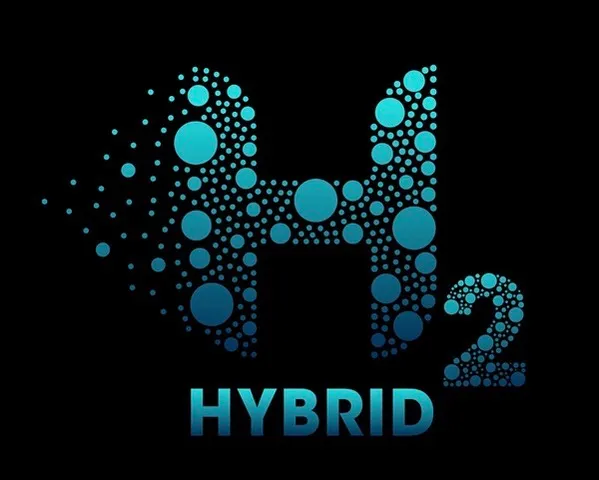
Leading the way to a hydrogen economy
